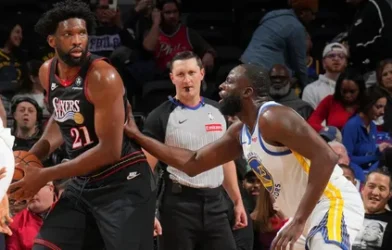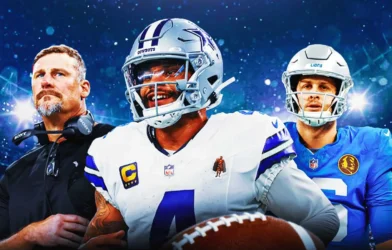In the fast-moving world of online gaming, very few titles have had the kind of impact that Fortnite has achieved. Since its launch, the game has revolutionized the way people interact in virtual environments, turning casual players into dedicated communities. Along with its success, however, comes scrutiny, especially when it comes to in-game purchases. Recently, the subject of Fortnite refund options has sparked widespread interest, raising questions about consumer rights, digital ownership, and the evolving nature of how players engage with games.
The Rise of In-Game Purchases
Fortnite changed the game not just with its engaging mechanics, but also through its business model. Rather than charging players upfront, the game offered a free-to-play experience with optional in-game purchases. Players could buy skins, emotes, weapon wraps, and other cosmetic items to personalize their characters. These items didn’t affect performance, but they shaped identity, status, and even popularity within the game. As the market for these virtual goods grew, so did concerns about how purchases were being made—especially by younger users who might not fully understand the costs or lack of refunds.
What Prompted the Refund Movement?
The conversation around Fortnite refund policies started gaining serious traction when players and parents began expressing concerns about accidental or impulsive purchases. With easy access to credit cards, younger users could quickly spend money without fully realizing the consequences. Some players also felt frustrated that items they bought would later return to the shop or lose appeal due to constant updates. These complaints, combined with rising global attention on digital spending and regulation, created pressure for companies to address refund processes.
One major turning point came when regulatory bodies in various countries began examining how games like Fortnite handle in-game transactions. Accusations that the game made it too easy for users to spend money—without clear disclosures or parental controls—led to legal reviews and public debates. The idea of a Fortnite refund system began moving from wishful thinking to an expected consumer right.
Epic Games’ Response
In response to rising concerns, Epic Games made some changes to its approach. The company introduced a token-based refund system where players could use limited refund tokens to return unwanted items. While this system offered some relief, it came with restrictions. Players were limited to a set number of tokens over their account’s lifetime, and only certain types of items were eligible for return. This led to mixed reactions. Some appreciated the effort, while others felt it didn’t go far enough in giving consumers full control over their purchases.
Over time, Epic Games has also faced class-action lawsuits and formal investigations, particularly in regions with stronger digital consumer protection laws. As a result, the company agreed to provide more transparent refund processes, including situations where purchases were made unintentionally. These developments marked a major step in acknowledging that digital goods deserve the same refund protections as physical ones.
What It Means for the Gaming Industry
The issue of Fortnite refund rights goes beyond just one game. It signals a shift in how players expect to interact with digital platforms. Games are no longer one-time purchases—they’re evolving ecosystems that offer ongoing transactions. As the industry leans more into live service models, developers are being held to higher standards. Refunds, transparency, and digital accountability are becoming key topics for both players and lawmakers.
Other game companies are taking note. Developers across various platforms are re-examining their own refund systems, especially as the lines blur between gameplay and monetization. From Steam to mobile app stores, refund policies are under increasing pressure to become more user-friendly. In this sense, Fortnite has once again served as a benchmark, not just for gameplay innovation, but for how the industry handles consumer trust.
The Role of Parents and Education
One important aspect of the Fortnite refund discussion involves the role of parents and financial literacy. Many younger players make in-game purchases without a full understanding of the value of money. This makes it essential for guardians to monitor gaming activity and discuss digital spending. Educational efforts, both by parents and by game developers, can help ensure that players make informed decisions. Some experts argue that schools should also begin including digital consumer education as part of their curriculum.
Looking Forward
As the landscape of gaming continues to evolve, the demand for stronger refund systems will only grow. Players want more than just entertainment—they want fairness, transparency, and respect for their investments. A Fortnite refund system that allows users to reverse unwanted purchases without hassle is a reflection of these shifting expectations. While current systems are a start, many believe that the future holds more flexible, real-time refund features integrated directly into games.
The gaming community is no longer passive. Players are vocal, organized, and empowered by online platforms. Their voices can push companies toward better practices. The ongoing developments around Fortnite refund options show that collective feedback has the power to create change. And in doing so, it helps shape a healthier relationship between gamers and the games they love.
Conclusion
Fortnite has always been more than just a game—it’s a social space, a cultural force, and now, a focal point for digital consumer rights. The discussions and actions around refund policies reveal deeper issues within the gaming industry, including ethics, accessibility, and user control. As the dialogue continues, both players and companies have the opportunity to build a better, more balanced digital future—one purchase at a time.













Comments are closed